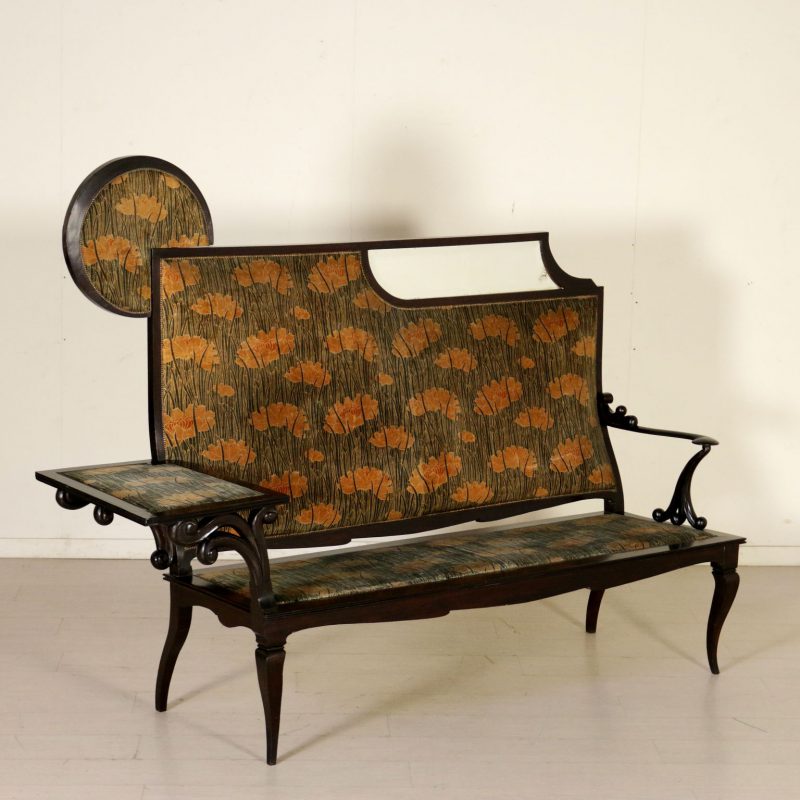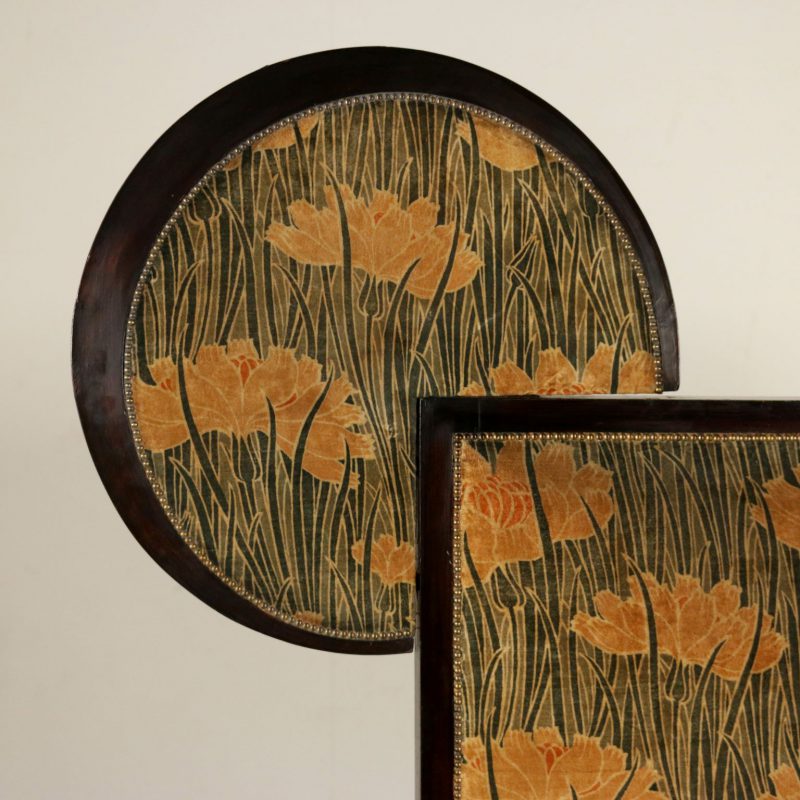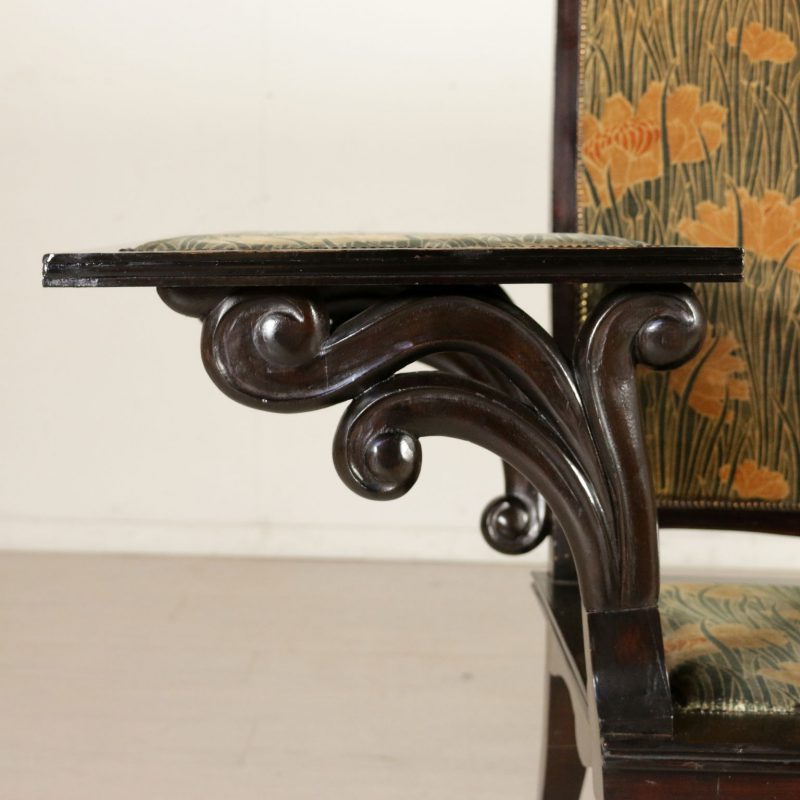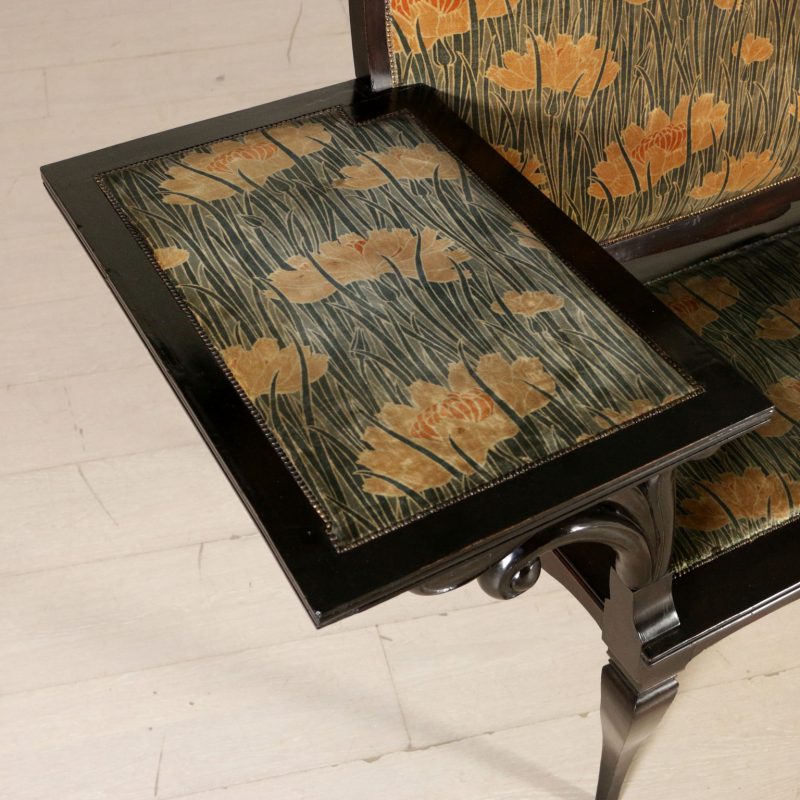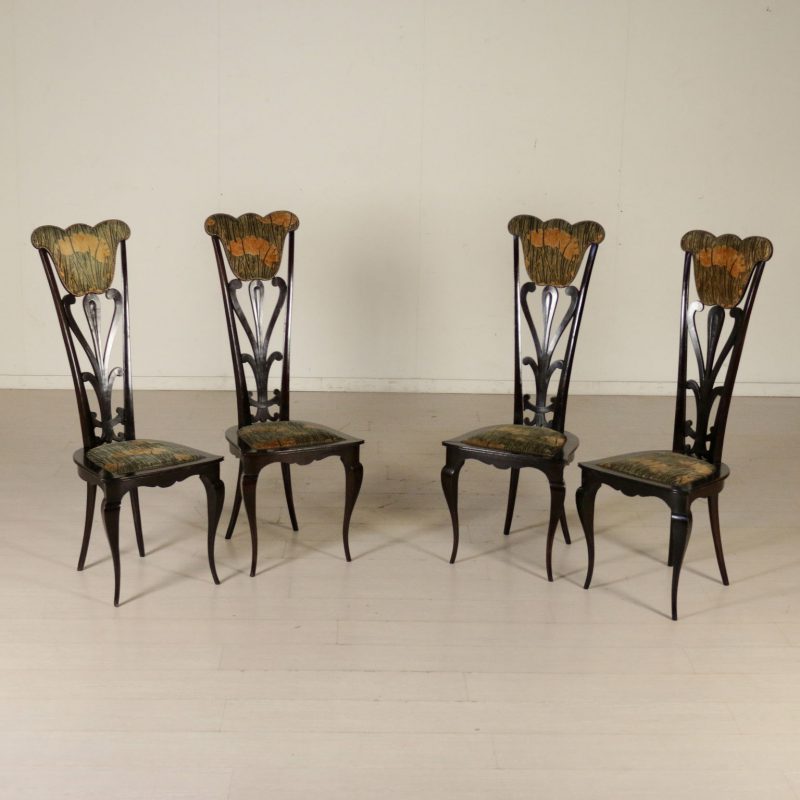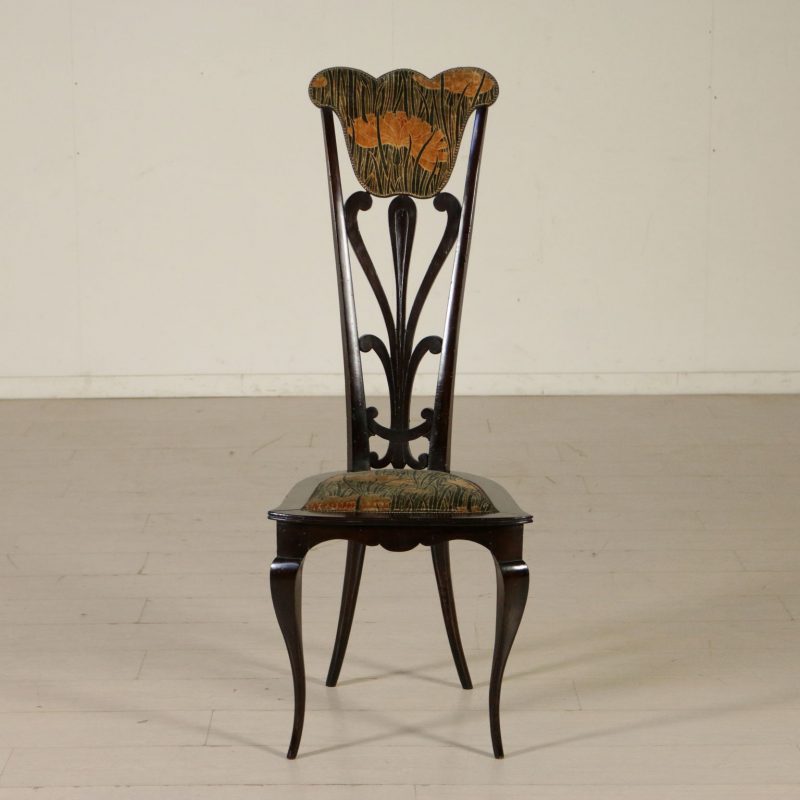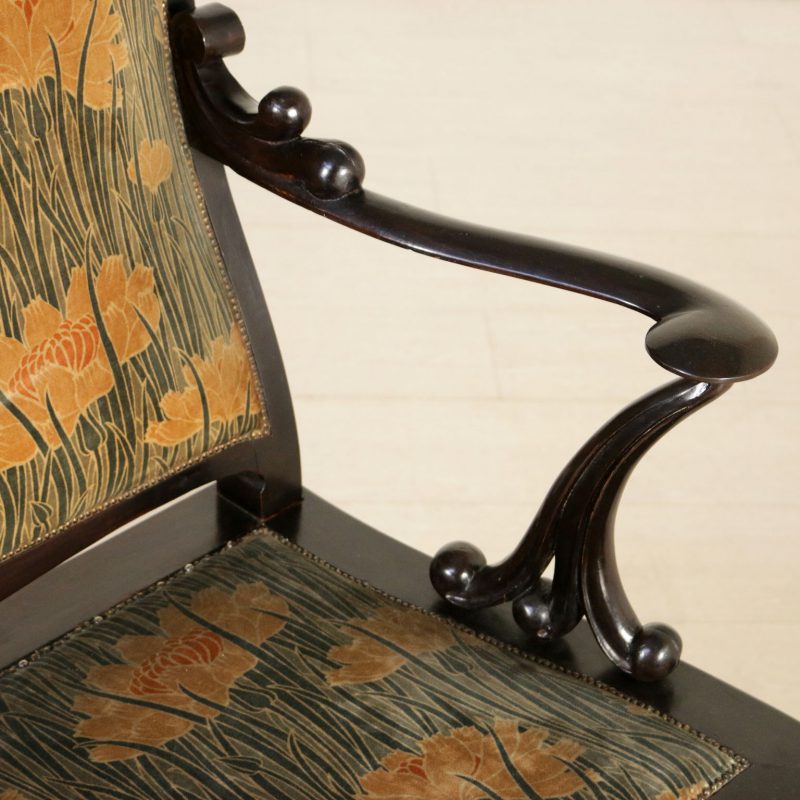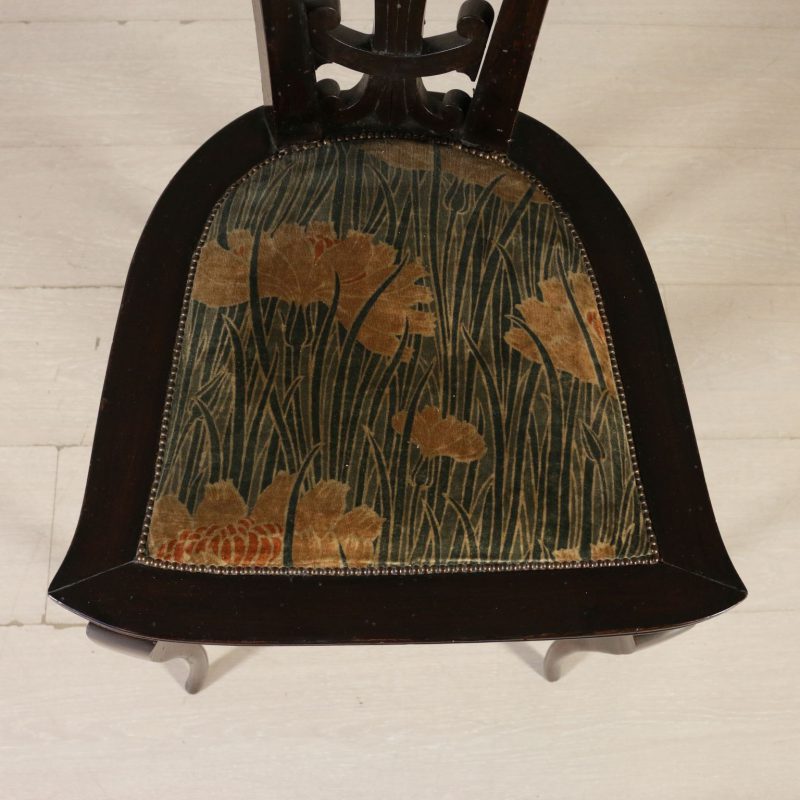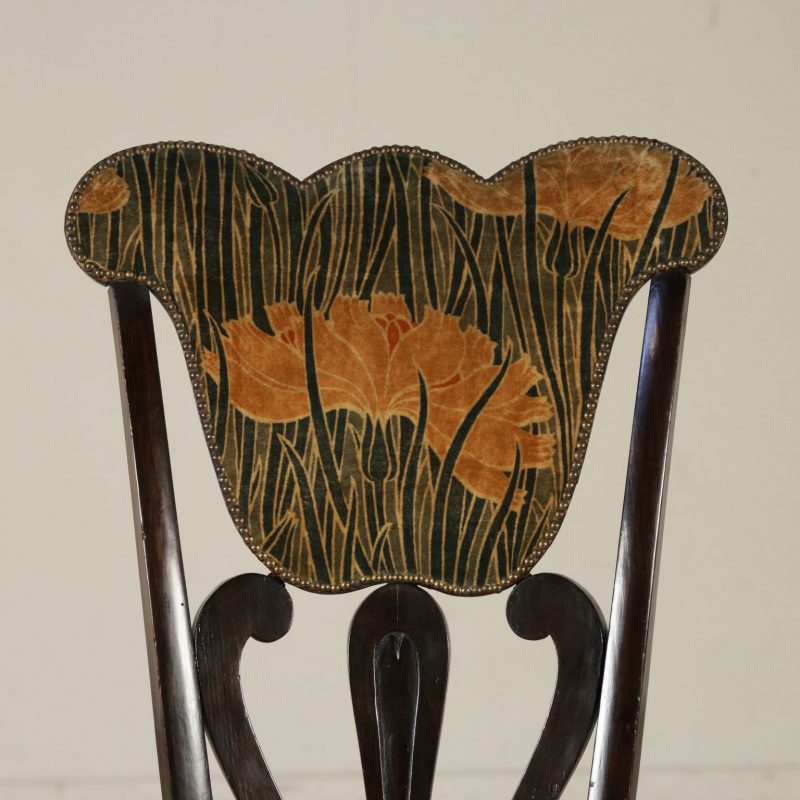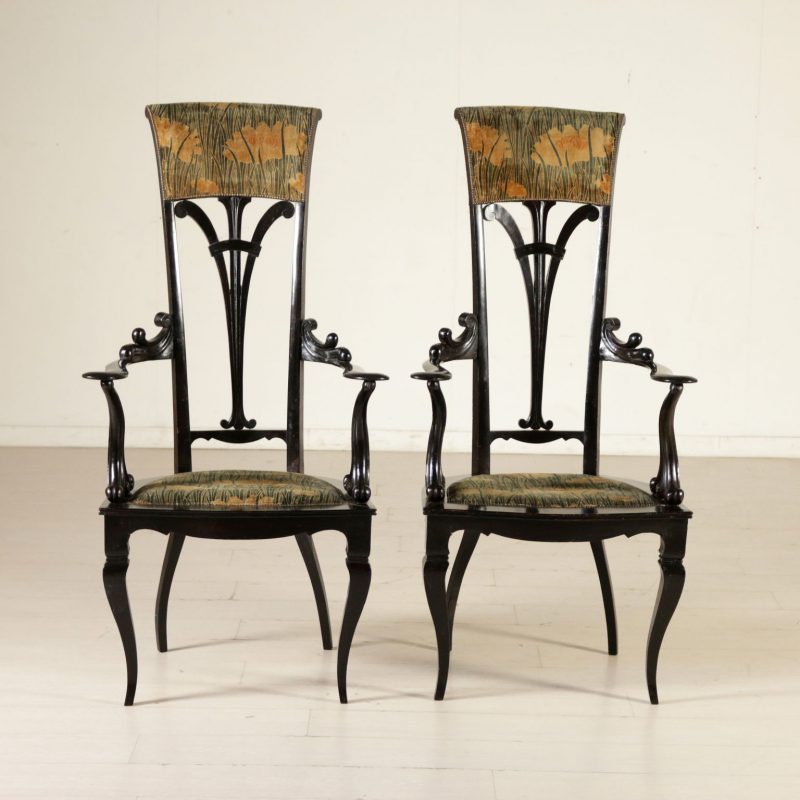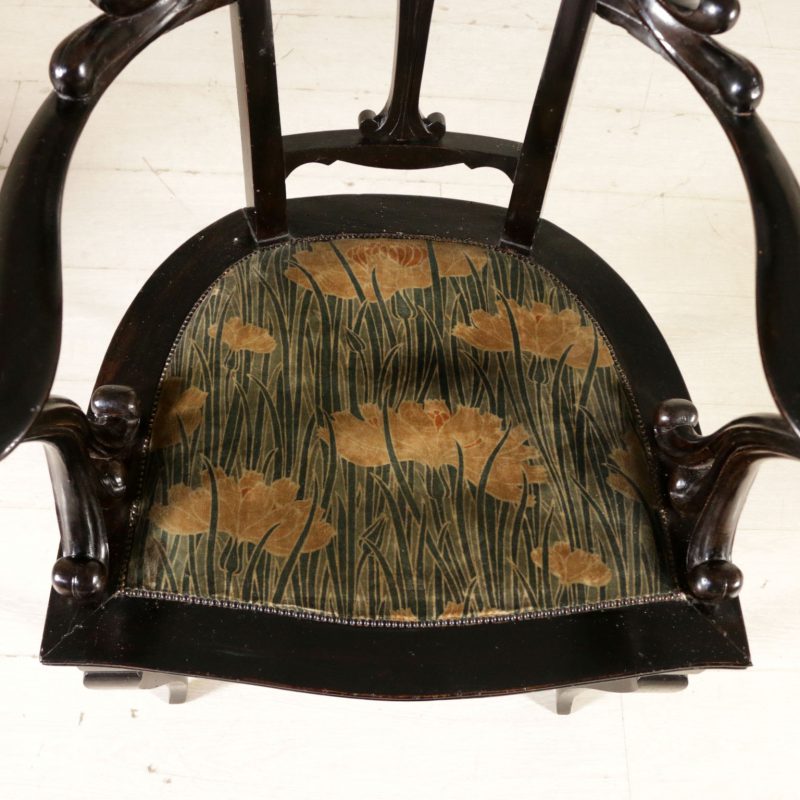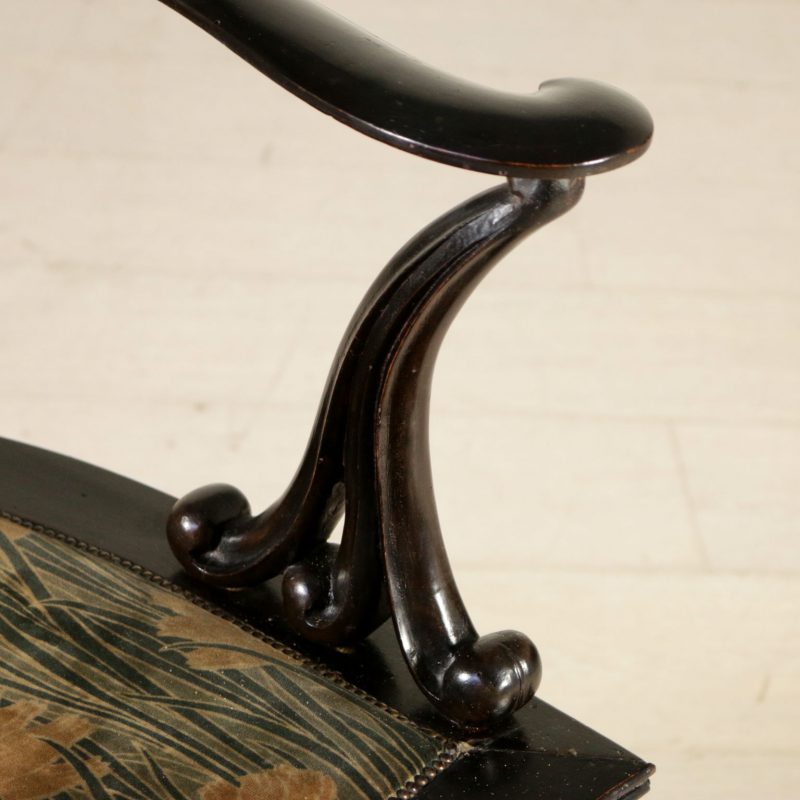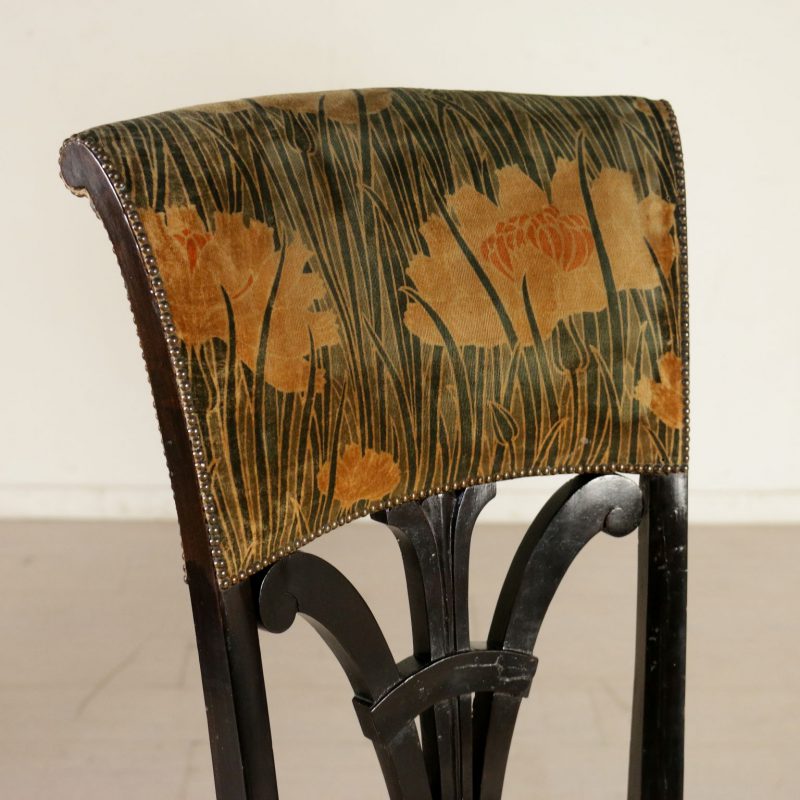The Liberty of Carlo Zen
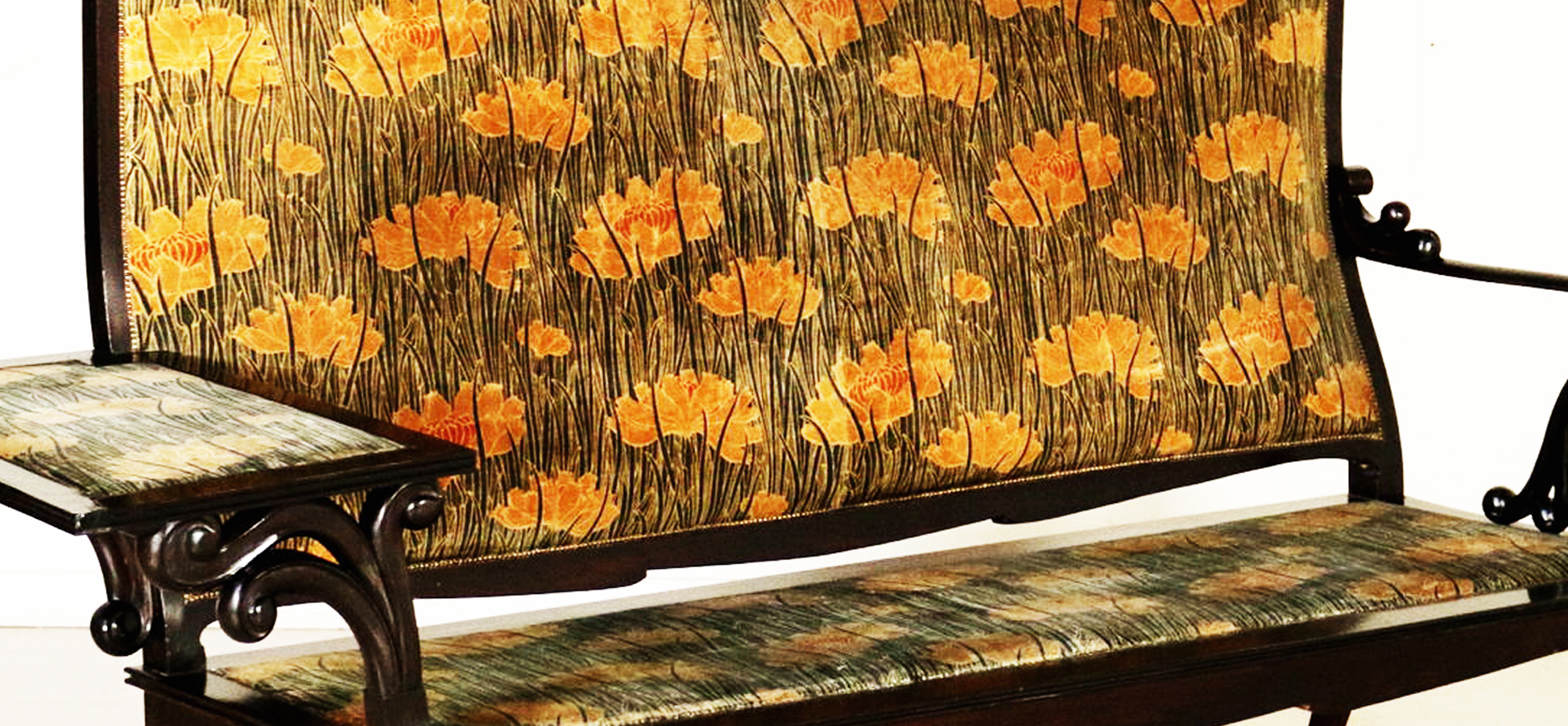
Between the 19th and 20th centuries, in the industrial furniture production sector of Northern Italy, the name Carlo Zen gained significant prominence.
The production of the Venetian cabinetmaker was initially focused on eclectic furnishings aimed at a small bourgeois audience.
Starting from the 1898 international exhibition in Turin, the production of the Zen furniture workshop (which in 1905 would be renamed the Italian Furniture Factory) began to adapt to the market and its new trends.
He then participated as a prominent figure in the subsequent 1902 Turin exhibition with furnishings characterized by an elegant and harmonious style that, while fully embracing the new Art Nouveau taste, retained a sober and refined touch.

The balanced combination of straight and curved lines, the measured decorations in a composition often asymmetrical but soft, became the defining characteristic of the furniture factory.
The factory’s modern department is now directed by the Sicchirollo brothers, who design the new productions.

At the 1906 international exhibition in Milan, the “Italian Furniture Factory” presented about twenty furnished environments. On this occasion, for the furnishing of the central hall of the stand, Carlo Zen enlisted renowned artists of the time: Chini for decorations, Sommaruga for furniture design, and Mazzucotelli for wrought iron parts.
His son, Piero (1879-1950), also participated in the exhibition. A cabinetmaker, designer, and craftsman, Piero would play a crucial role in the following years in establishing fully modernist furniture that foreshadowed Art Deco.
The furniture currently on display at Mercanteinfiera comes from the private Campari collection. It can be found in Volume II of “Thirty Years and a Century of Campari House” in the appendix titled “Apartments and Villa of Sesto San Giovanni”.
The sofa has bibliographic and historical references in “Liberty Art Nouveau”, Giunti Edition, author Lara-Vinca Masini Fig. 966 pg. 348.
A similar sofa is found in “The Italian Liberty Furniture”, Laterza Edition, authors Irene De Guttry and Maria Paola Maino fig. 9 pg 226.
The chairs and armchairs appear in the first volume of the catalog “The Furniture at the First International Exhibition of Modern Decorative Arts – Turin 1902” on plate 41.



